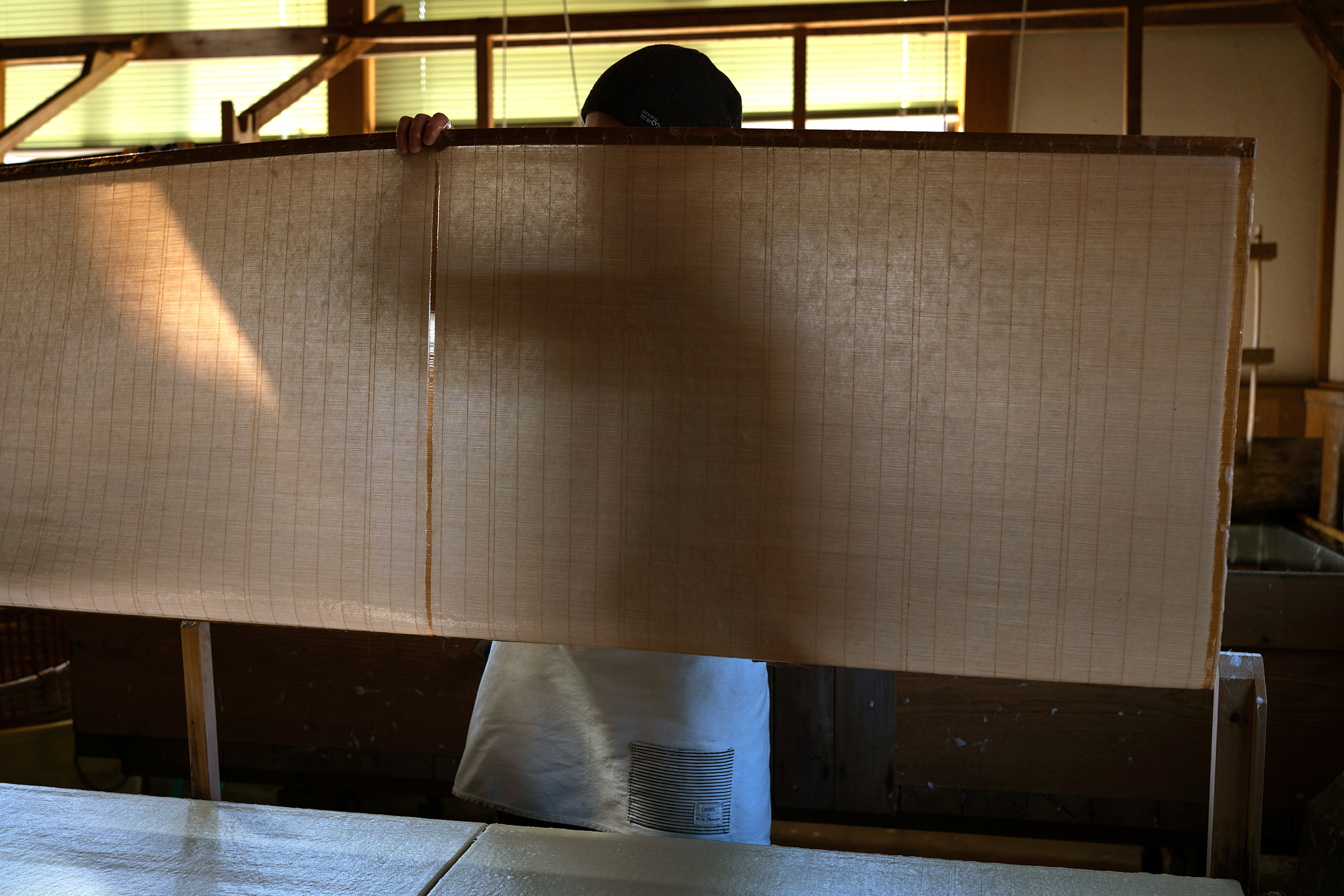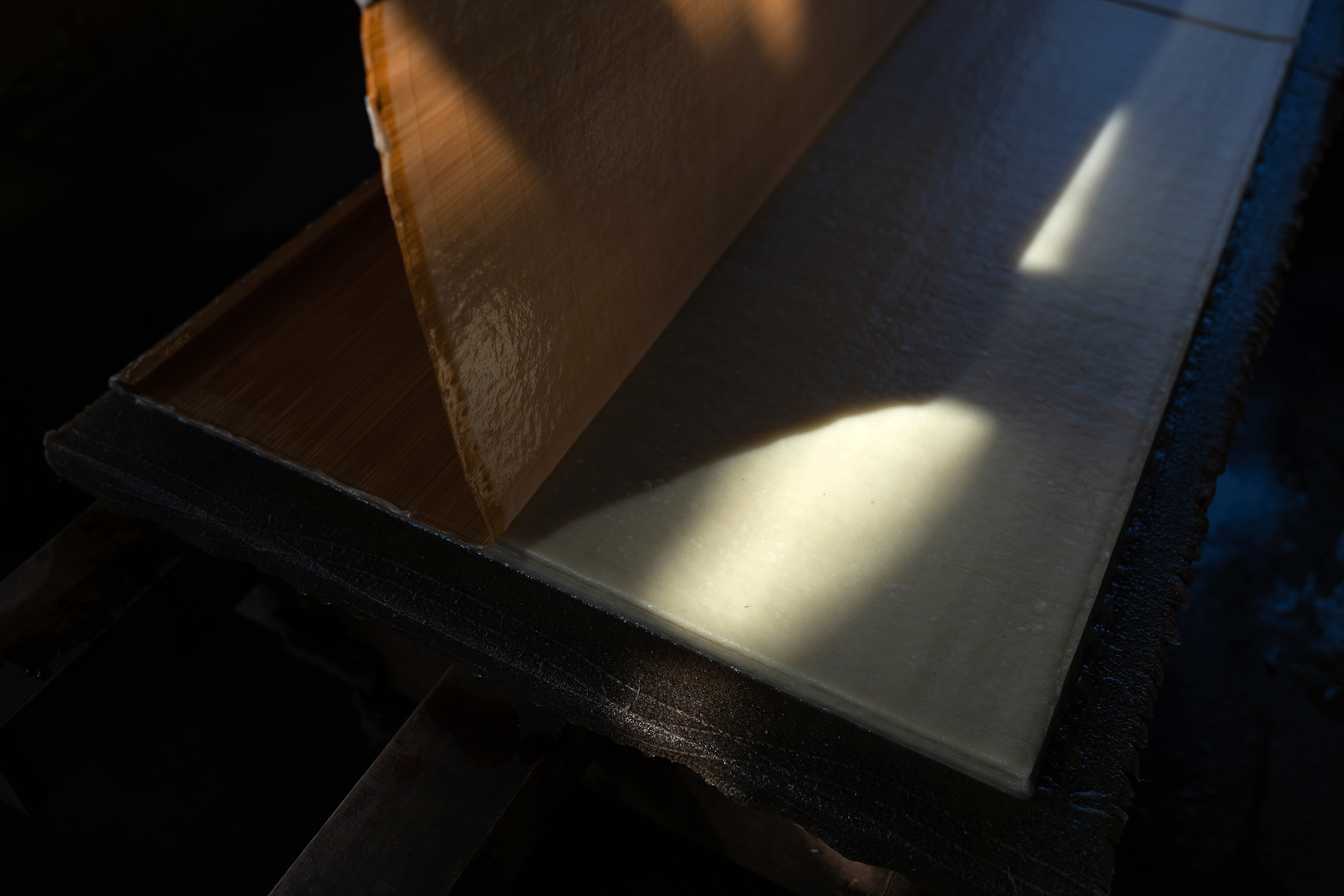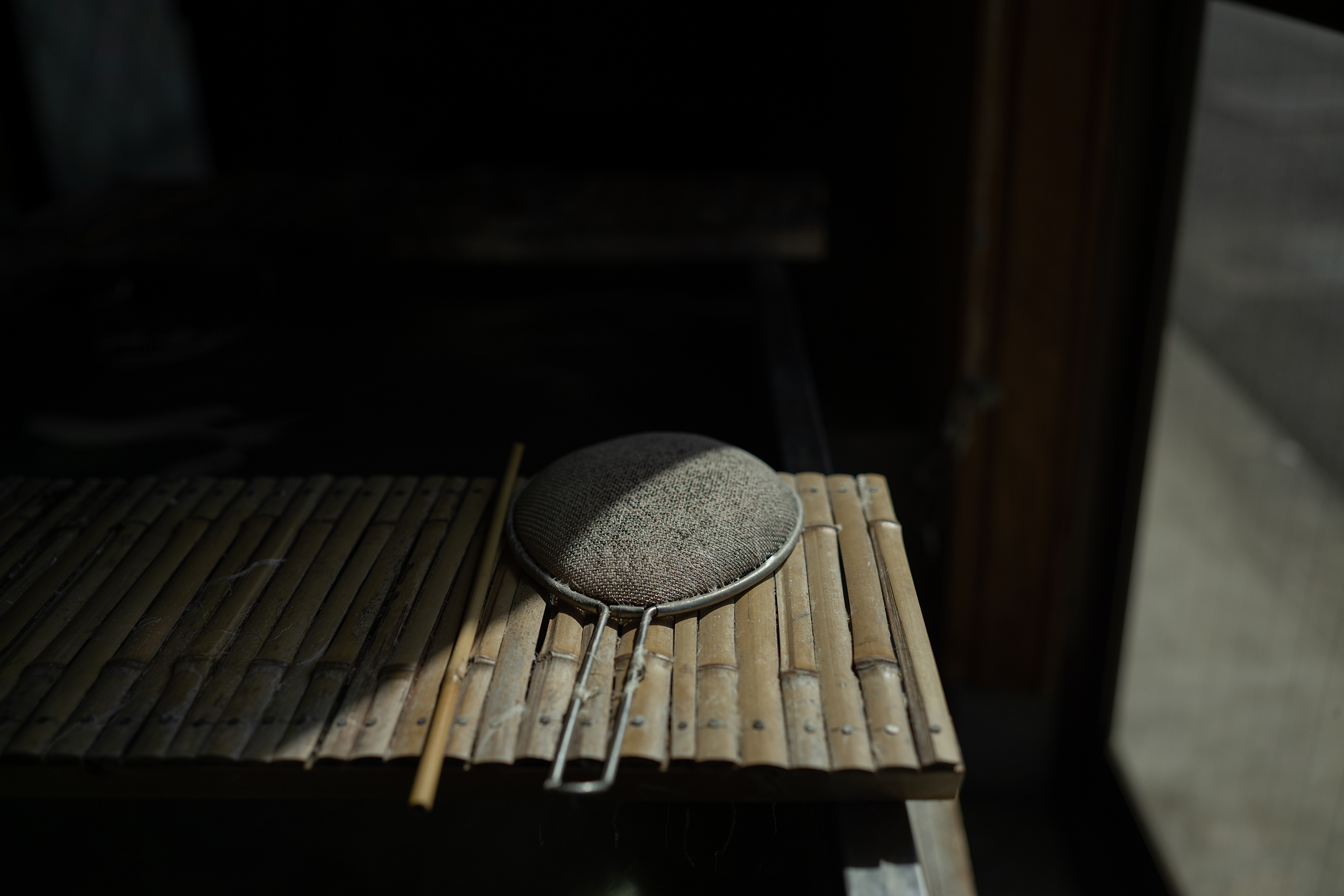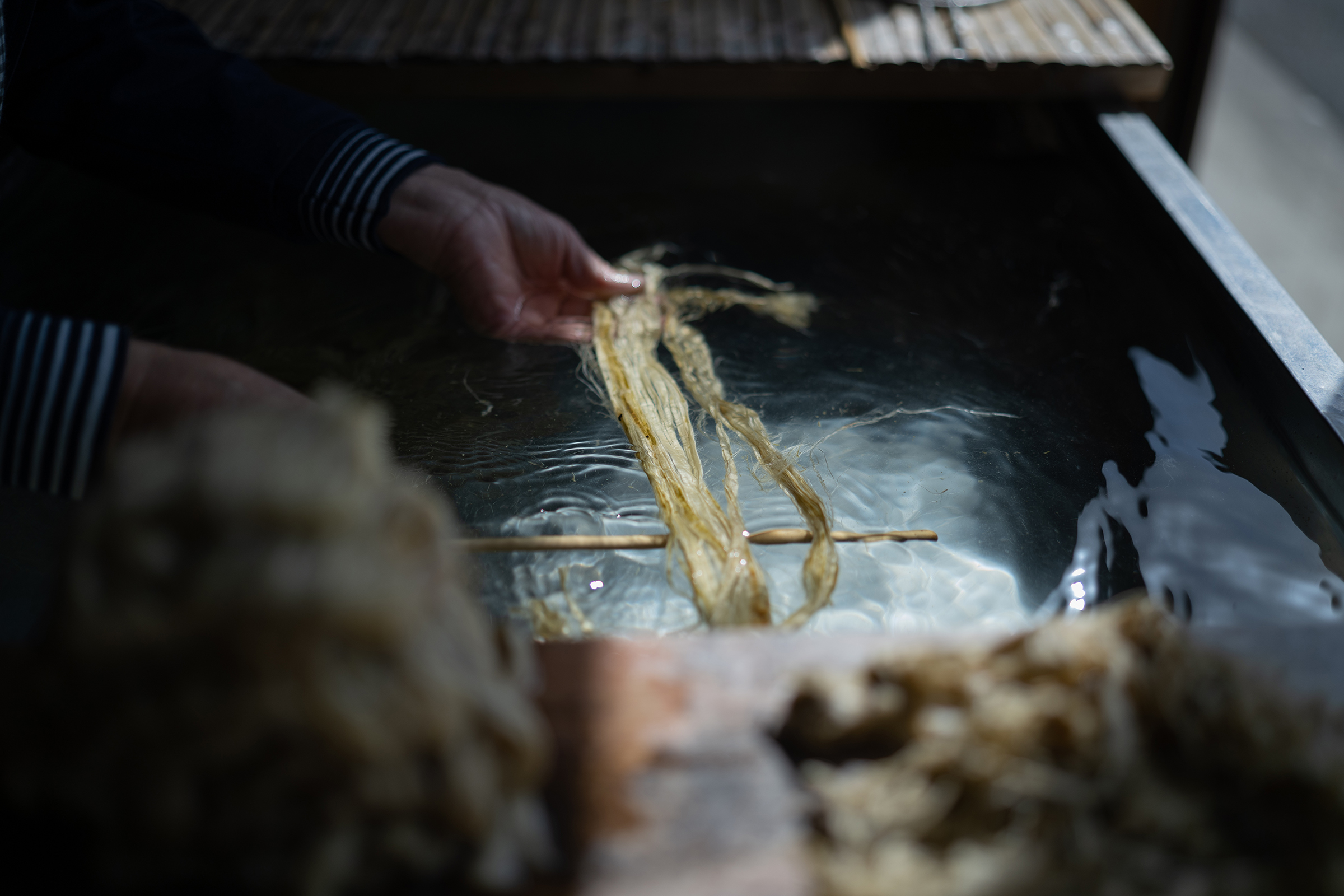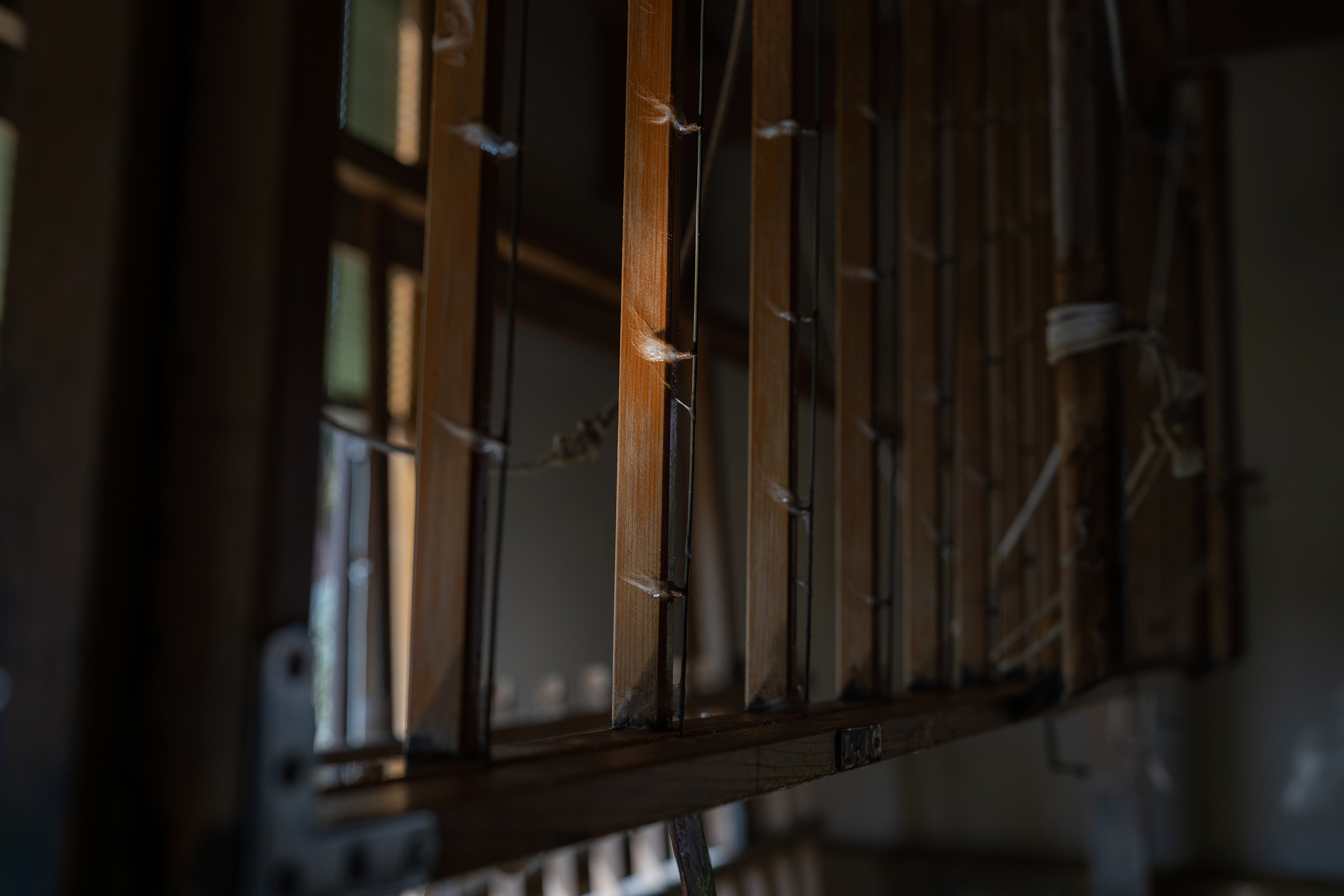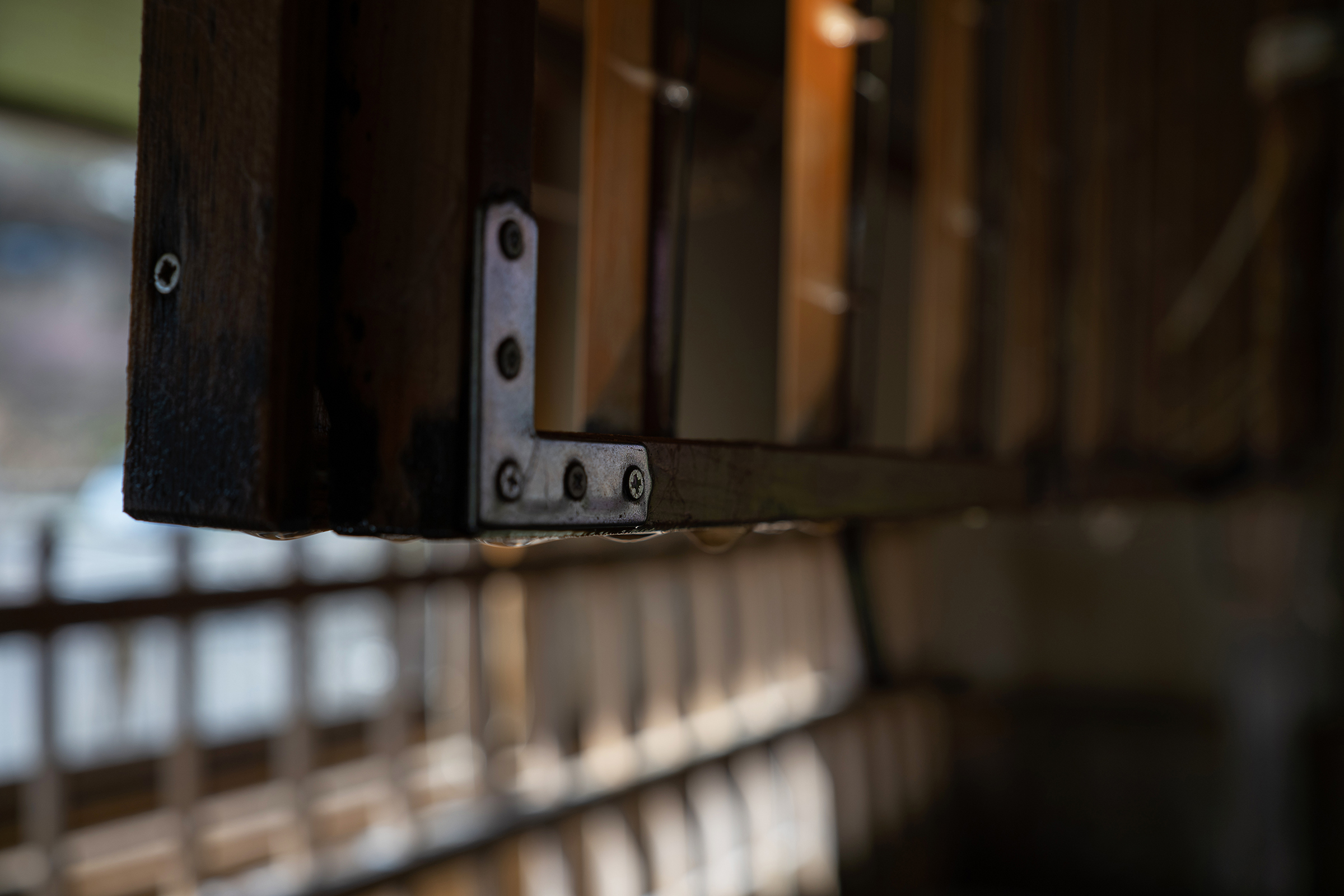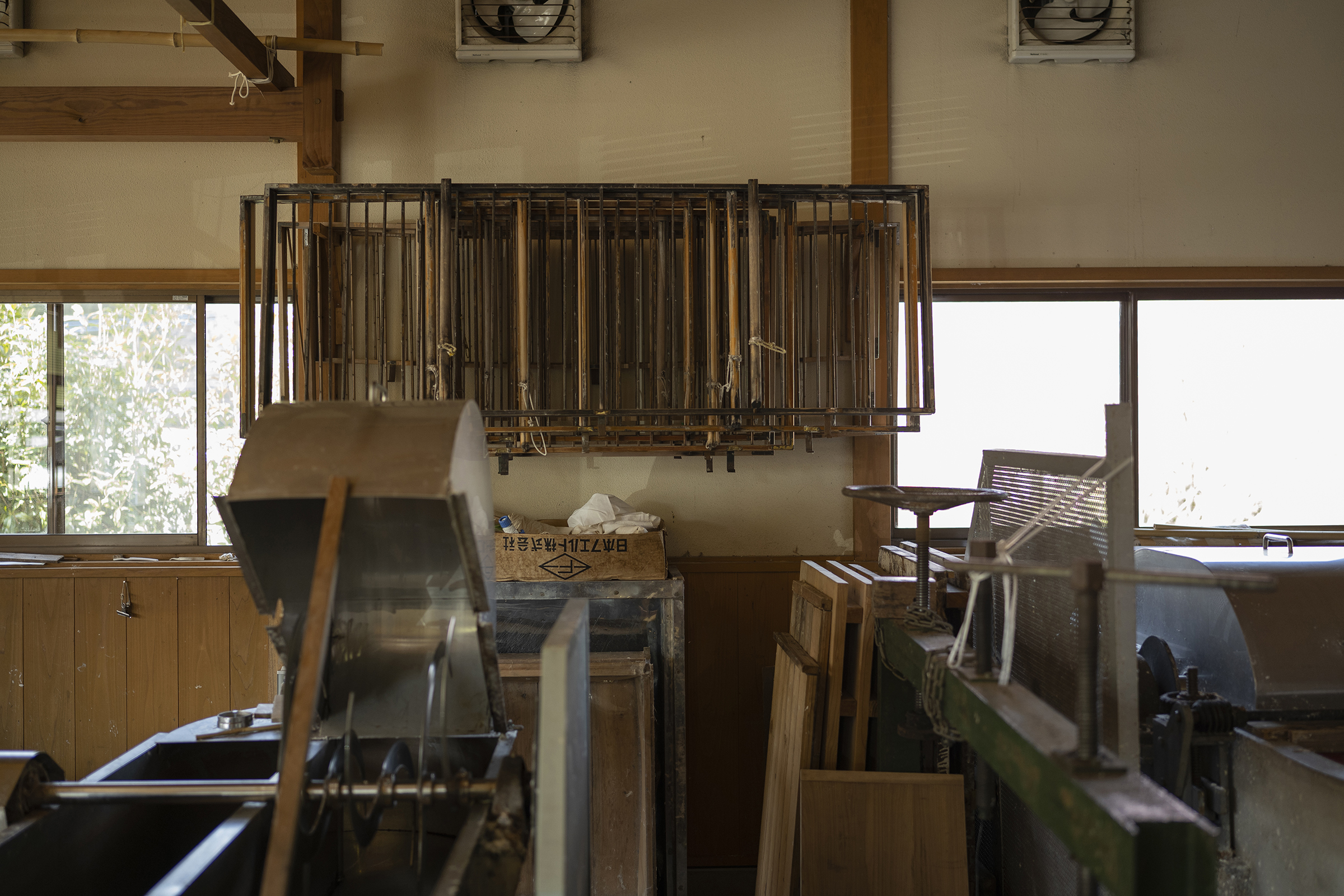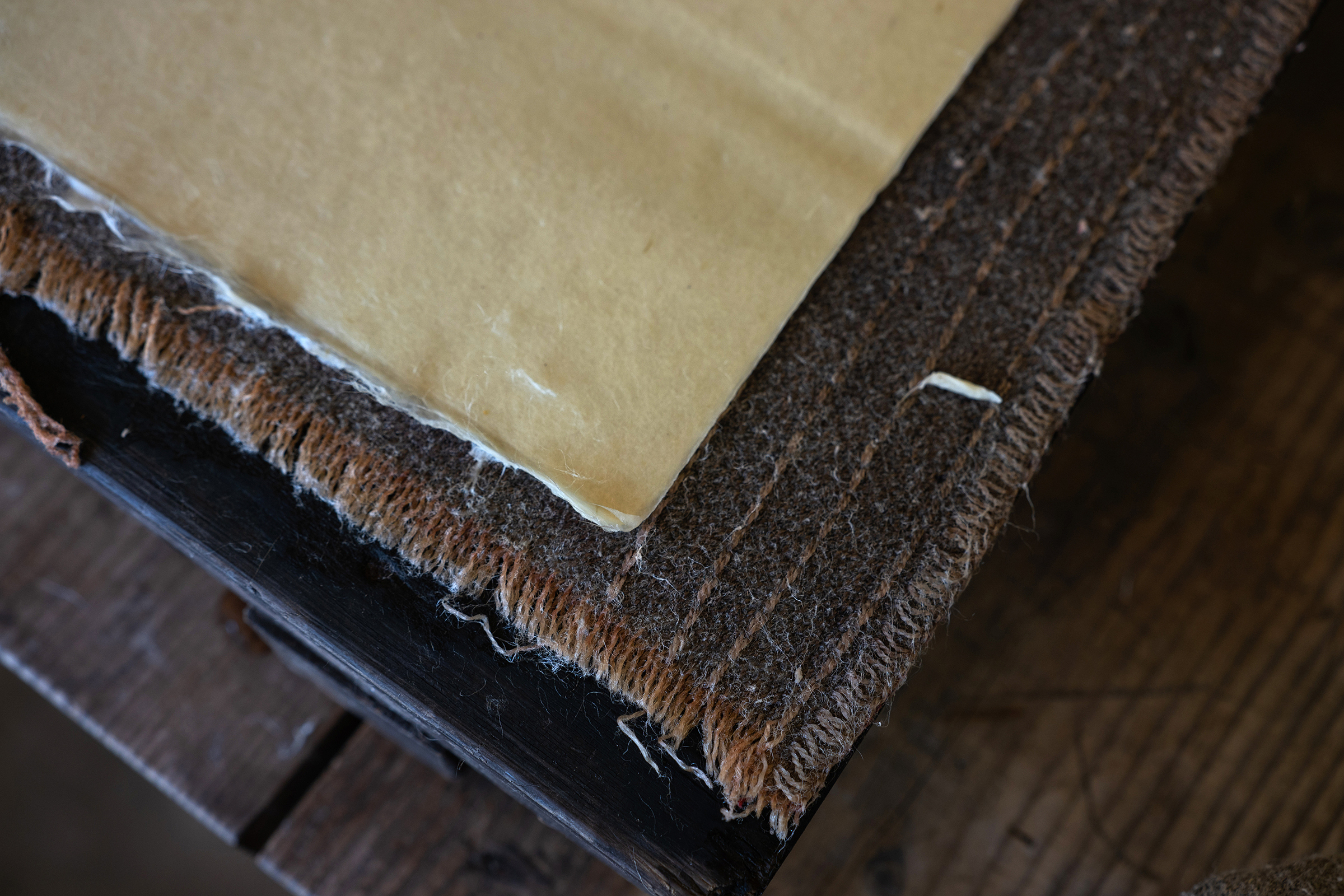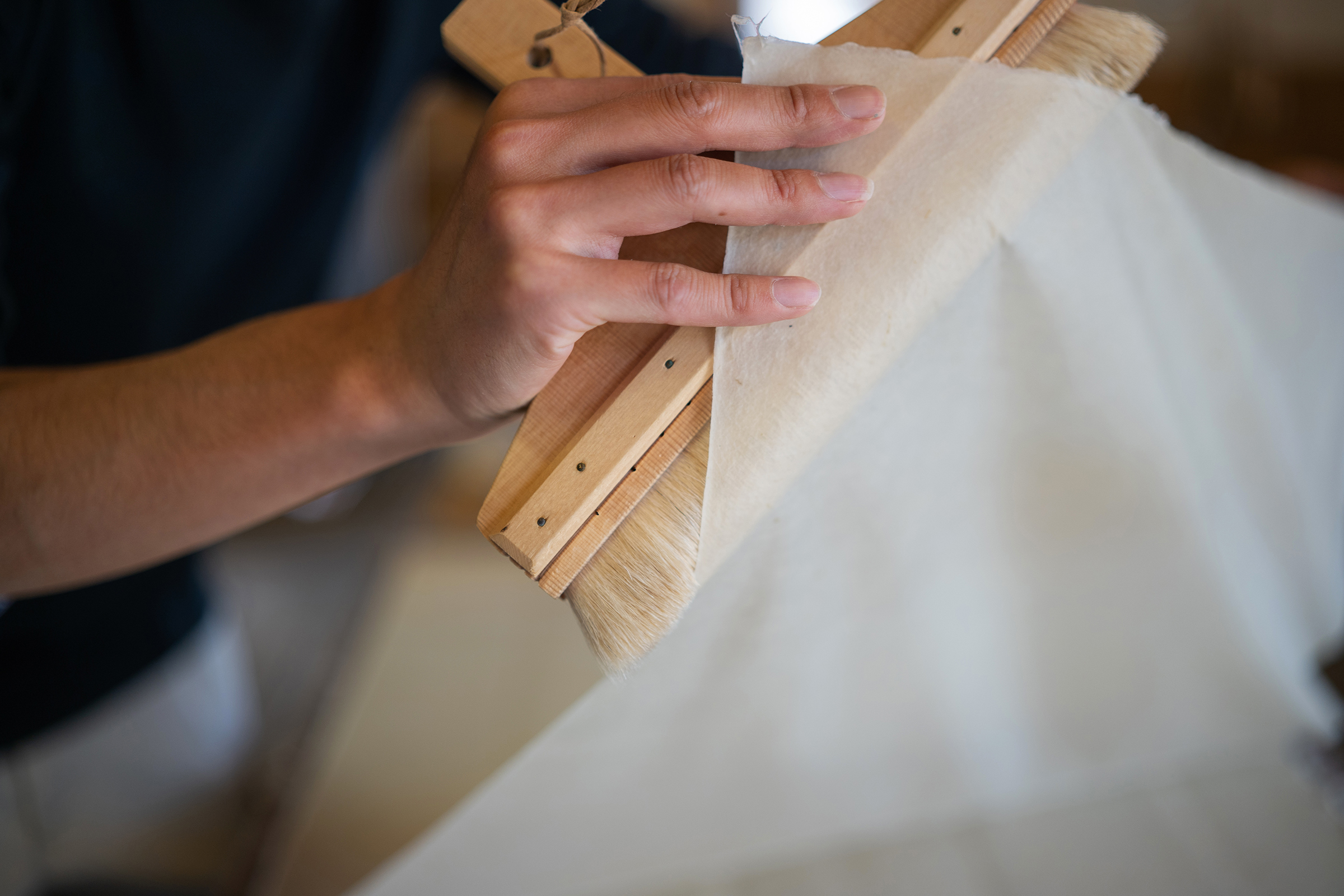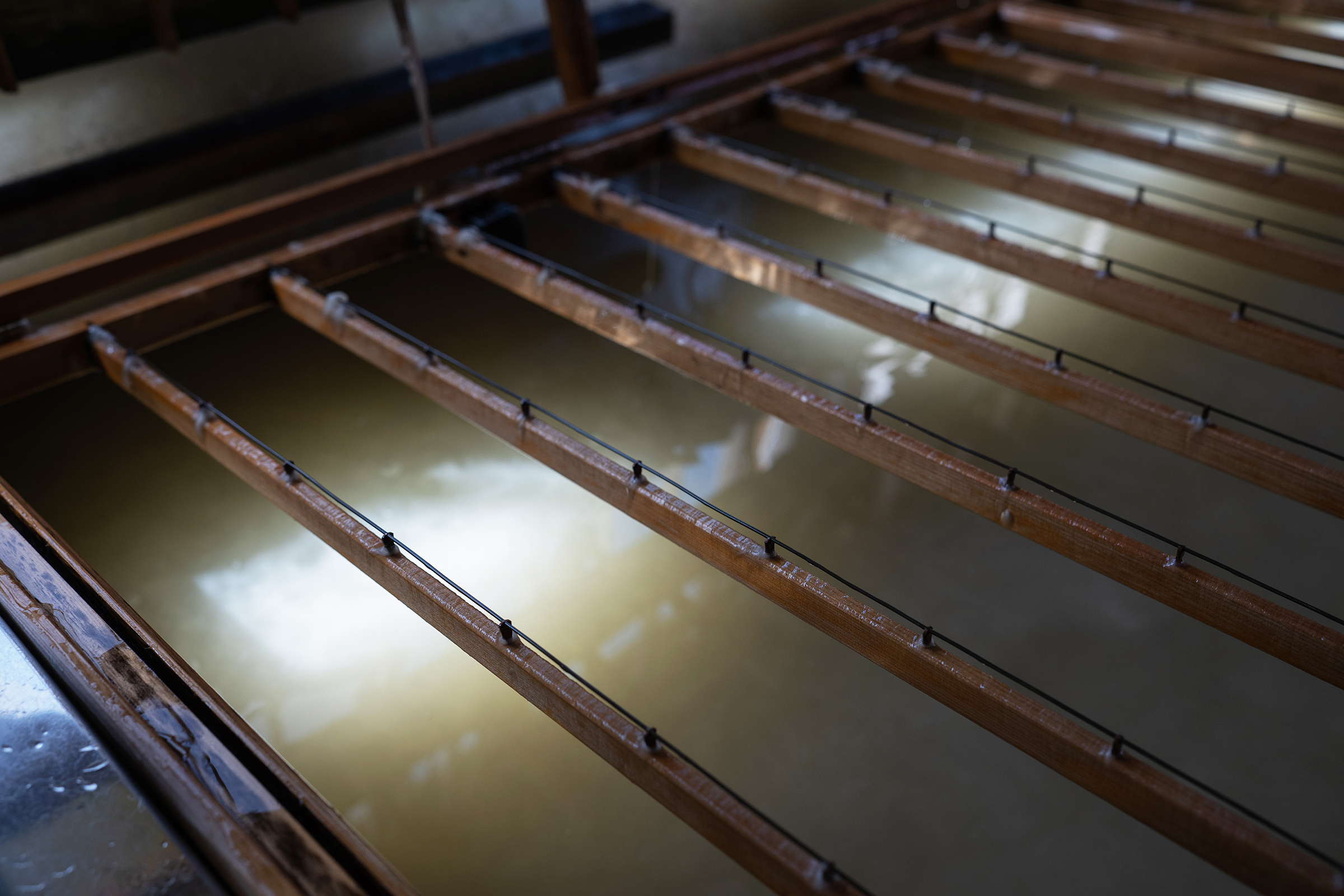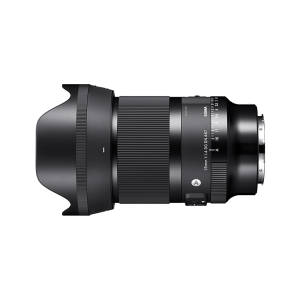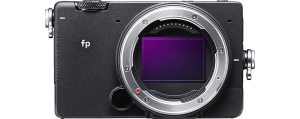A Swiss Army Knife of lens.
Nicolas Datiche
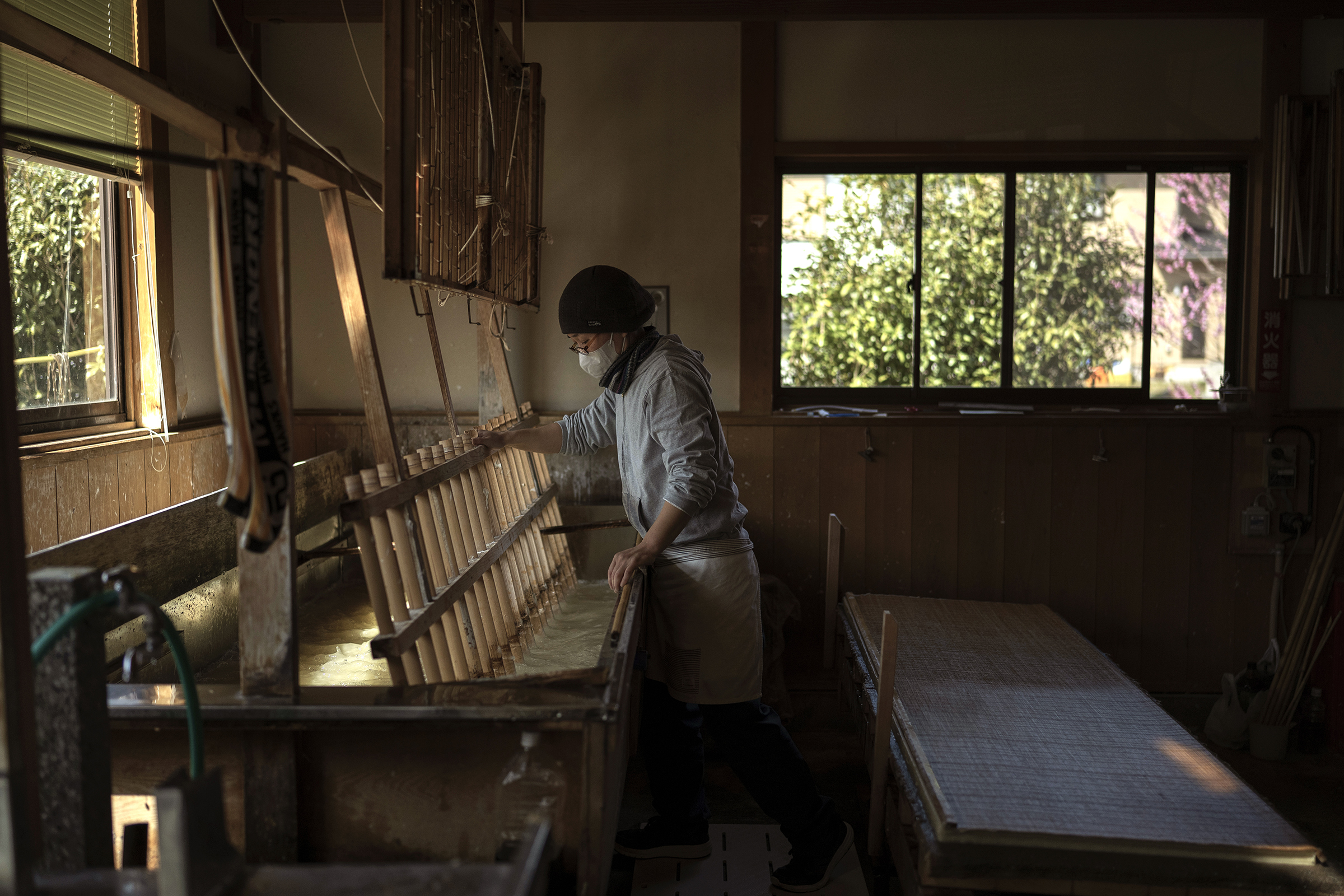
"What the Photograph reproduces to infinity has occurred only once..." Roland Barthes - Camera Lucida
After more than 10 years as a photojournalist, I can say 80% of my pictures are made with a 35mm lens. When I think of the environment for a picture, I see it within this 35mm frame. It has become the natural way of viewing a scene for me; almost as if I have a 35mm frame on my eye.
The 35mm is one of two "major" lenses used in documentary photography and photojournalism. The first is the 50mm. Henri Cartier-Bresson was a hardcore user of the 50mm, while his friend, Robert Capa preferred the 35mm. I chose the 35mm mostly because it is sort of the Swiss Army knife of lenses: wide enough to take landscapes, where you can add your subject into their world, but also able to shoot full or half-body portraits. As a photojournalist I don't necessarily cover a story with a single, unique shot but inform the viewer about it over many different pictures: wide-angle situation shots, details, portraits, action... etc. I feel comfortable doing this with a 35mm. It is a unique lens that I can shoot almost any situation with during work. When I'm on duty to cover a news event or a magazine assignment it is a 100% certainty that my main camera body will have a 35mm attached. The second body is more flexible and, according to the subject, might have a 85mm or 70-200mm on it. But in all honesty, I prefer using the 85mm on the second body. That said, I feel more comfortable with a prime lens.

SIGMA 35mm F1.4 DG DN | Art, SIGMA fp, ISO 100, F2.8, 1/2500 s
A washi story
In a small valley, in the prefecture of Saitama, north of Tokyo, the clear waters of the Tsuki river cross a village and the sounds of the sukisu (sieve) swimming inside the sukibune (tub) can be heard as a "washi" master works. Washi is a handmade paper and the skills needed to make it are part of the Unesco Intangible Cultural Heritage list.
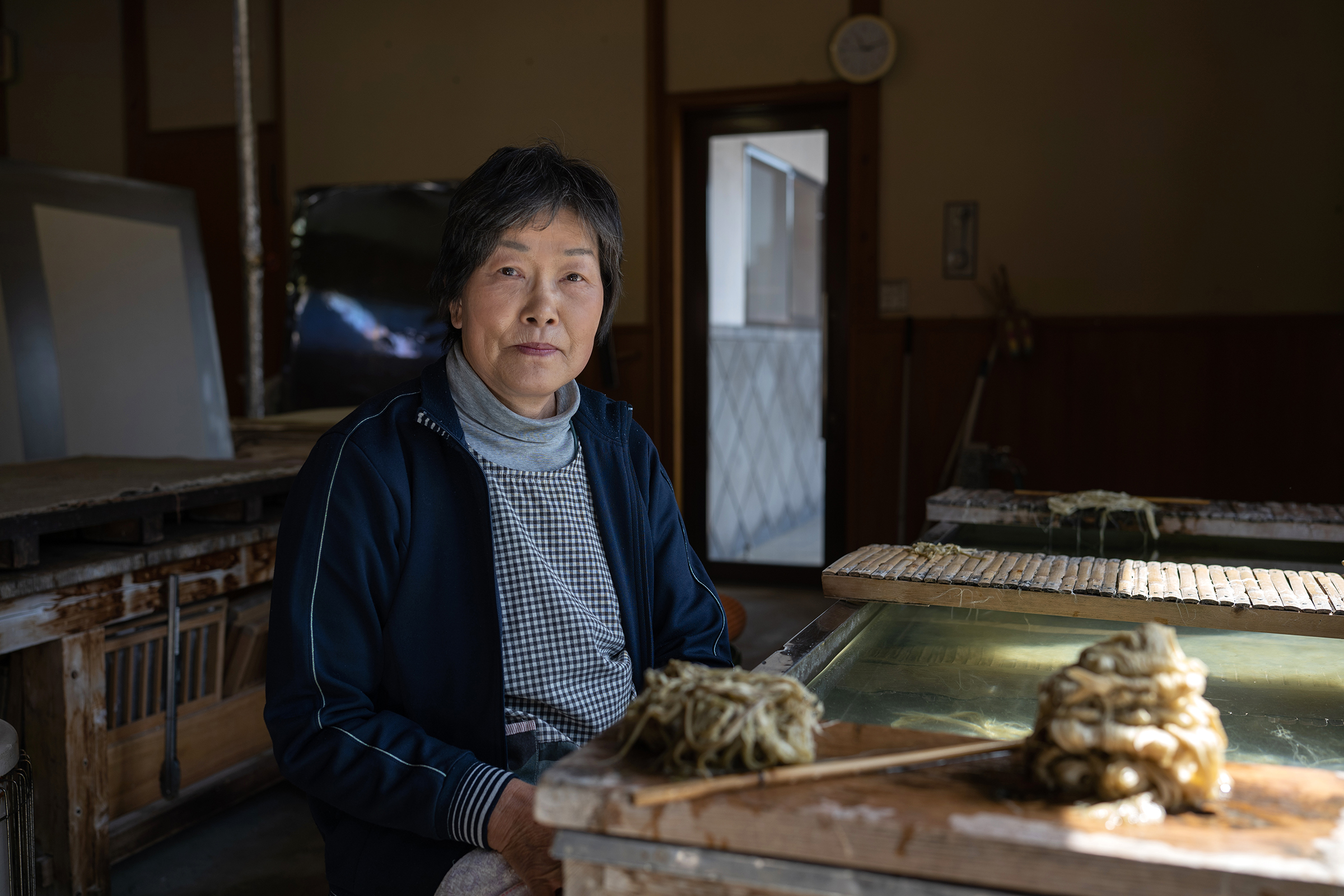
SIGMA 35mm F1.4 DG DN | Art, SIGMA fp, ISO 200, F2.8, 1/400 s
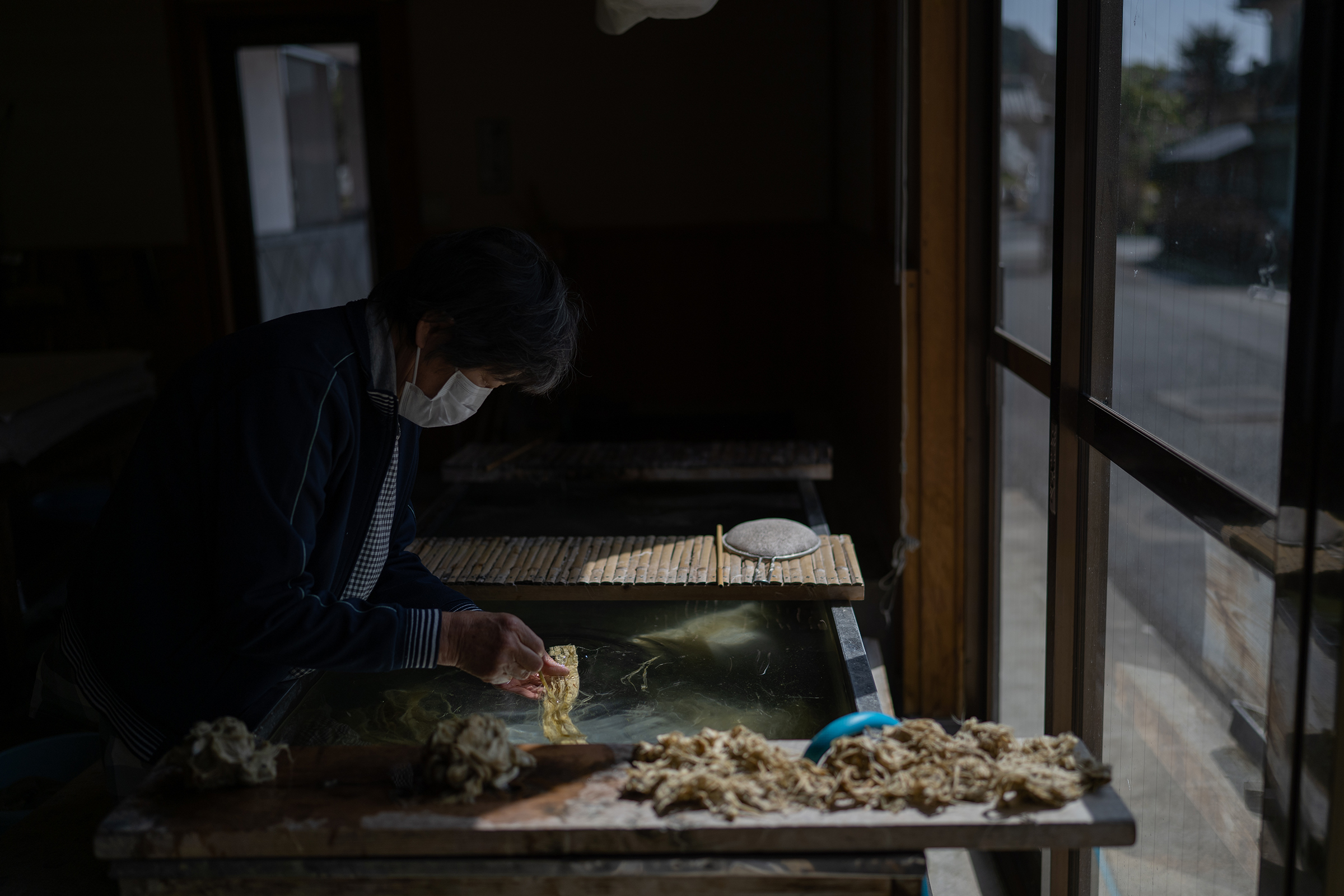
SIGMA 35mm F1.4 DG DN | Art, SIGMA fp, ISO 100, F1.4, 1/8000 s

SIGMA 35mm F1.4 DG DN | Art, SIGMA fp, ISO 640, F5.6, 1/500 s
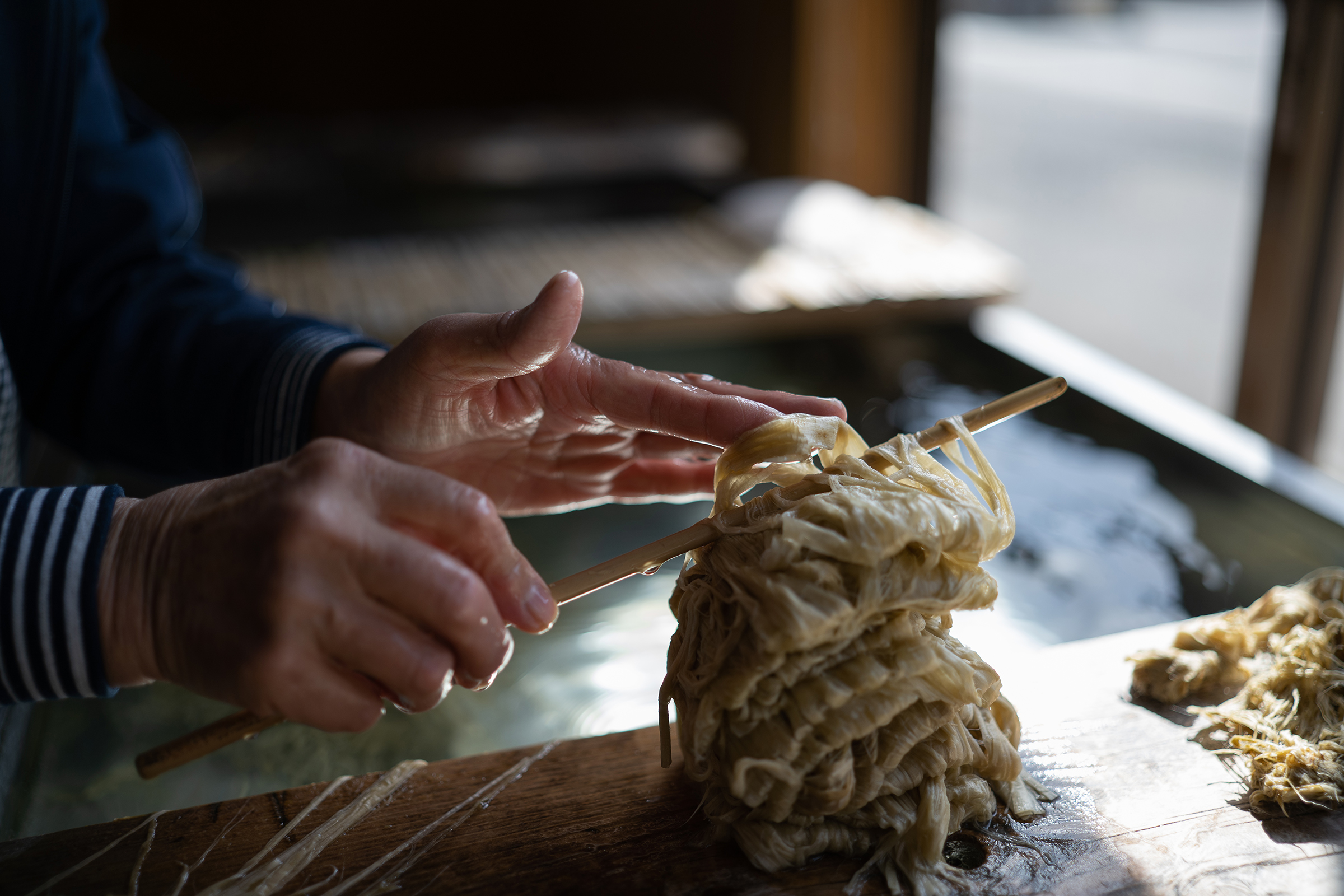
SIGMA 35mm F1.4 DG DN | Art, SIGMA fp, ISO 100, F1.4, 1/1250 s
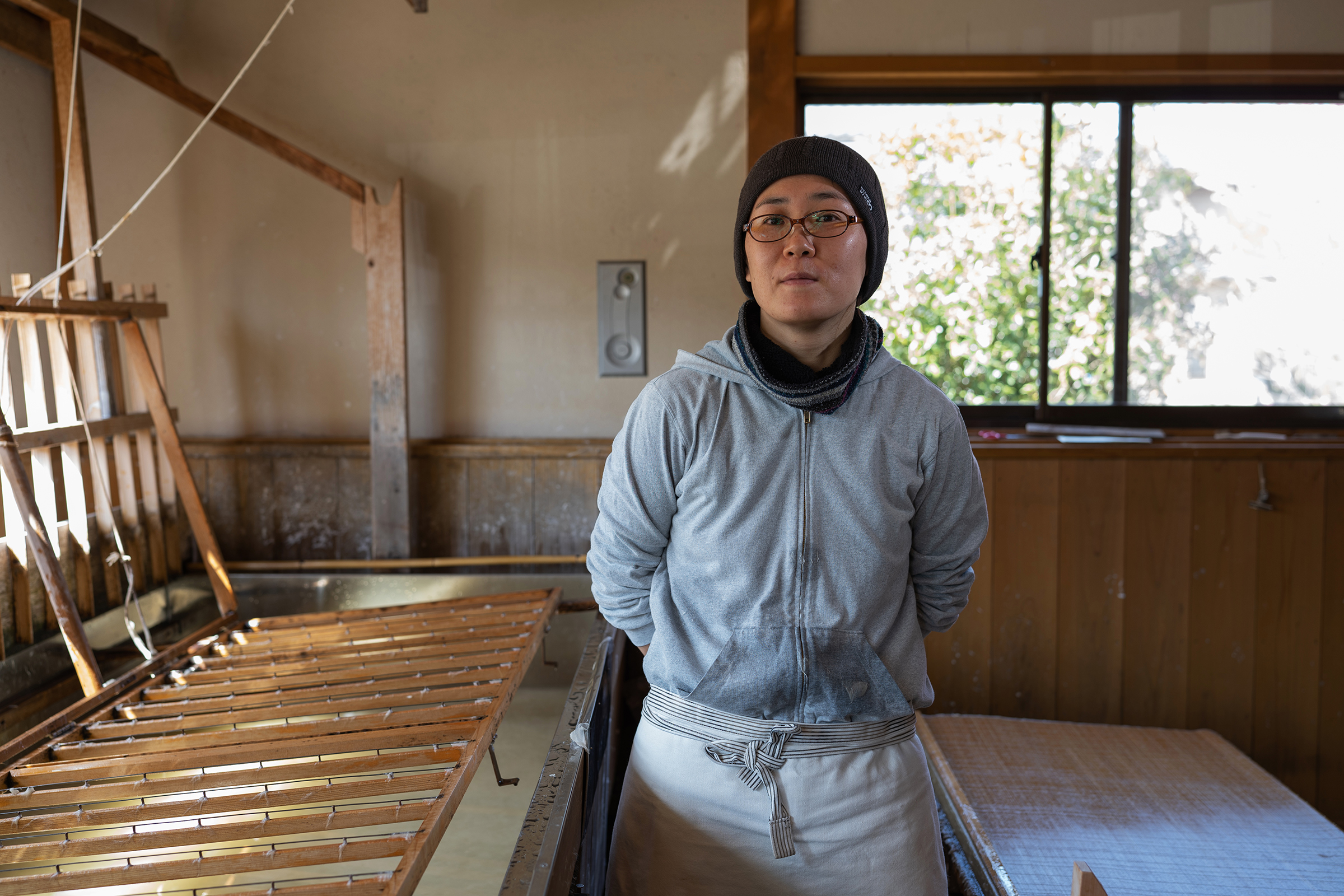
SIGMA 35mm F1.4 DG DN | Art, SIGMA fp, ISO 100, F2.8, 1/40 s
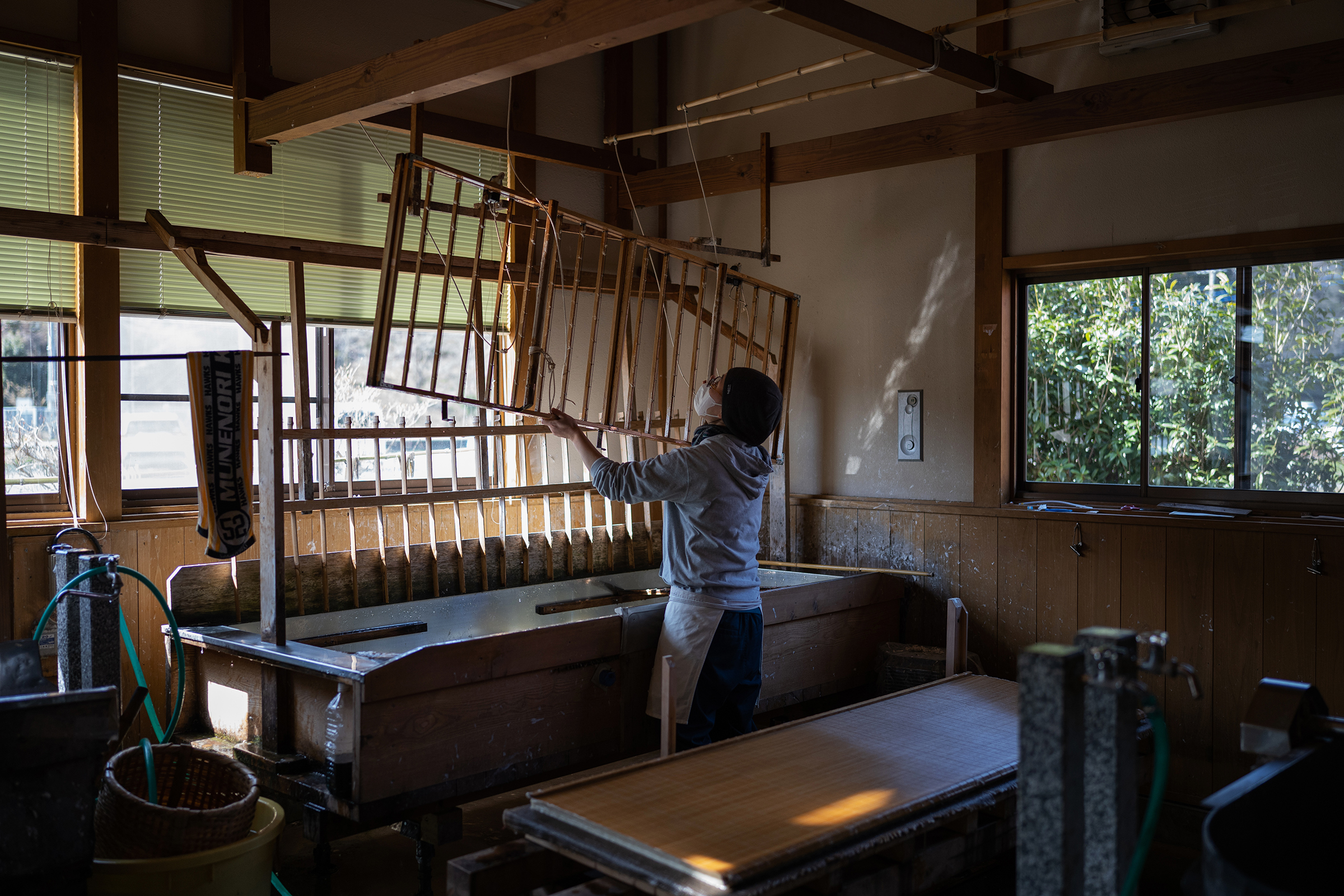
SIGMA 35mm F1.4 DG DN | Art, SIGMA fp, ISO 800, F1.4, 1/1600 s
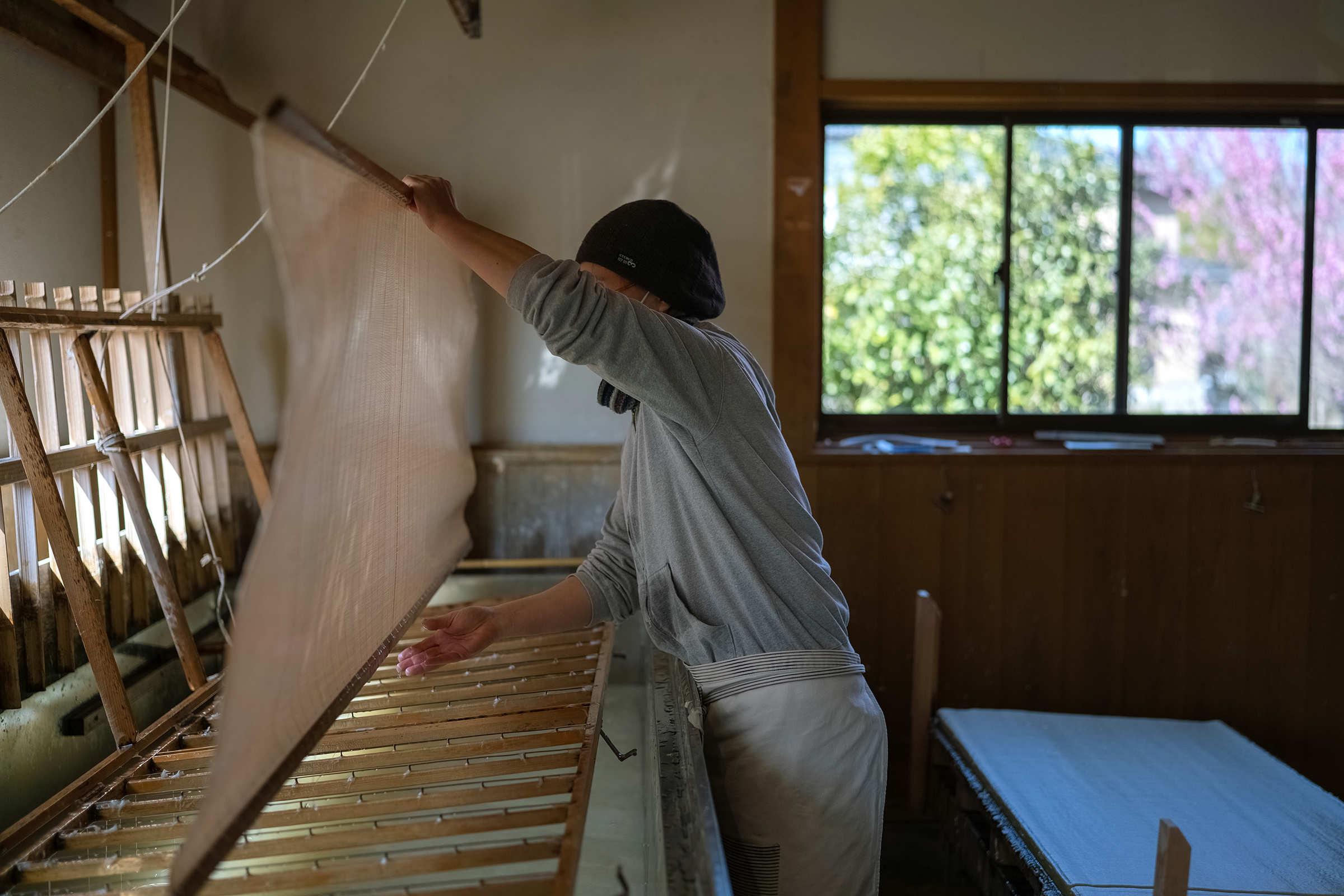
SIGMA 35mm F1.4 DG DN | Art, SIGMA fp, ISO 100, F1.4, 1/800 s
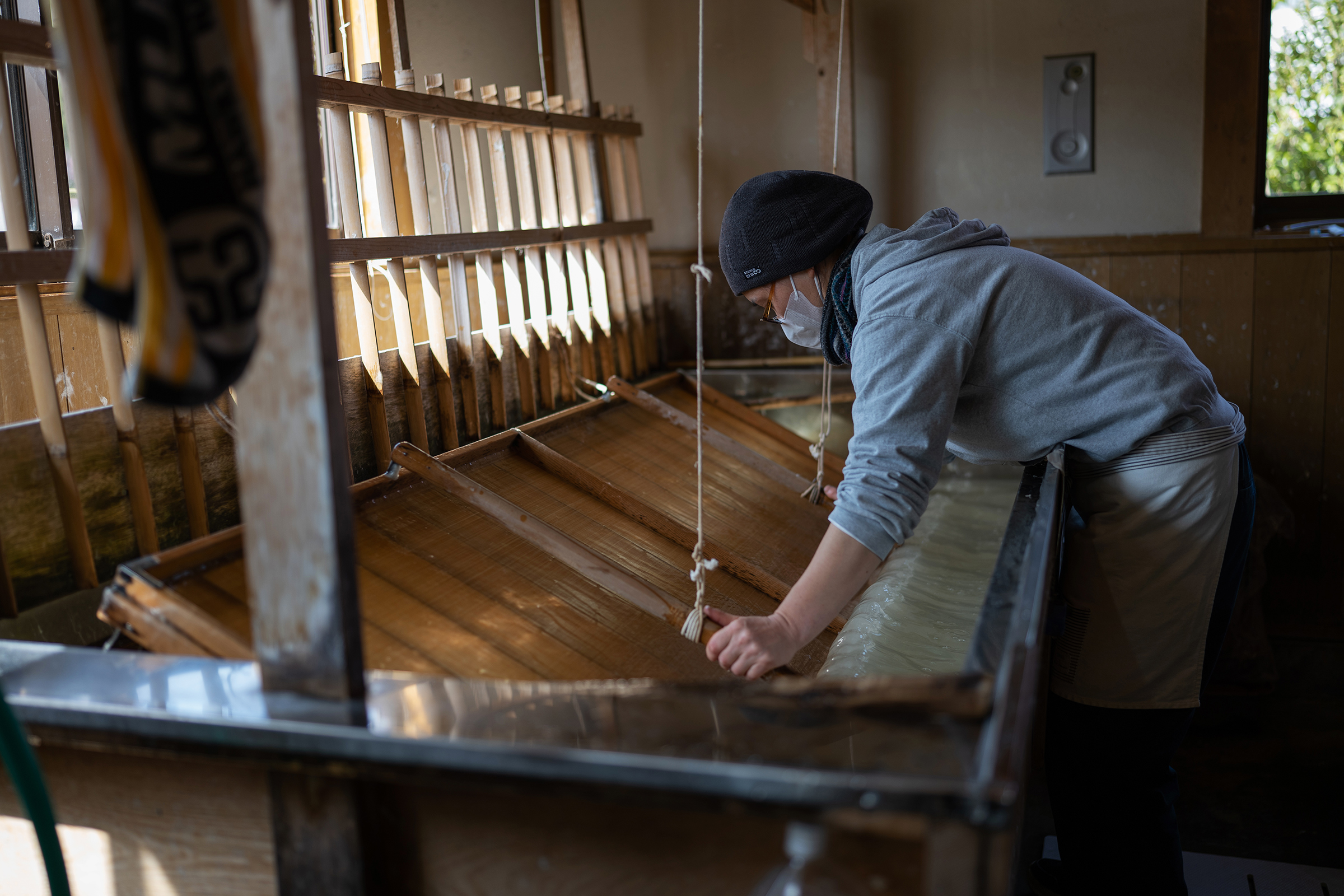
SIGMA 35mm F1.4 DG DN | Art, SIGMA fp, ISO 100, F1.4, 1/400 s
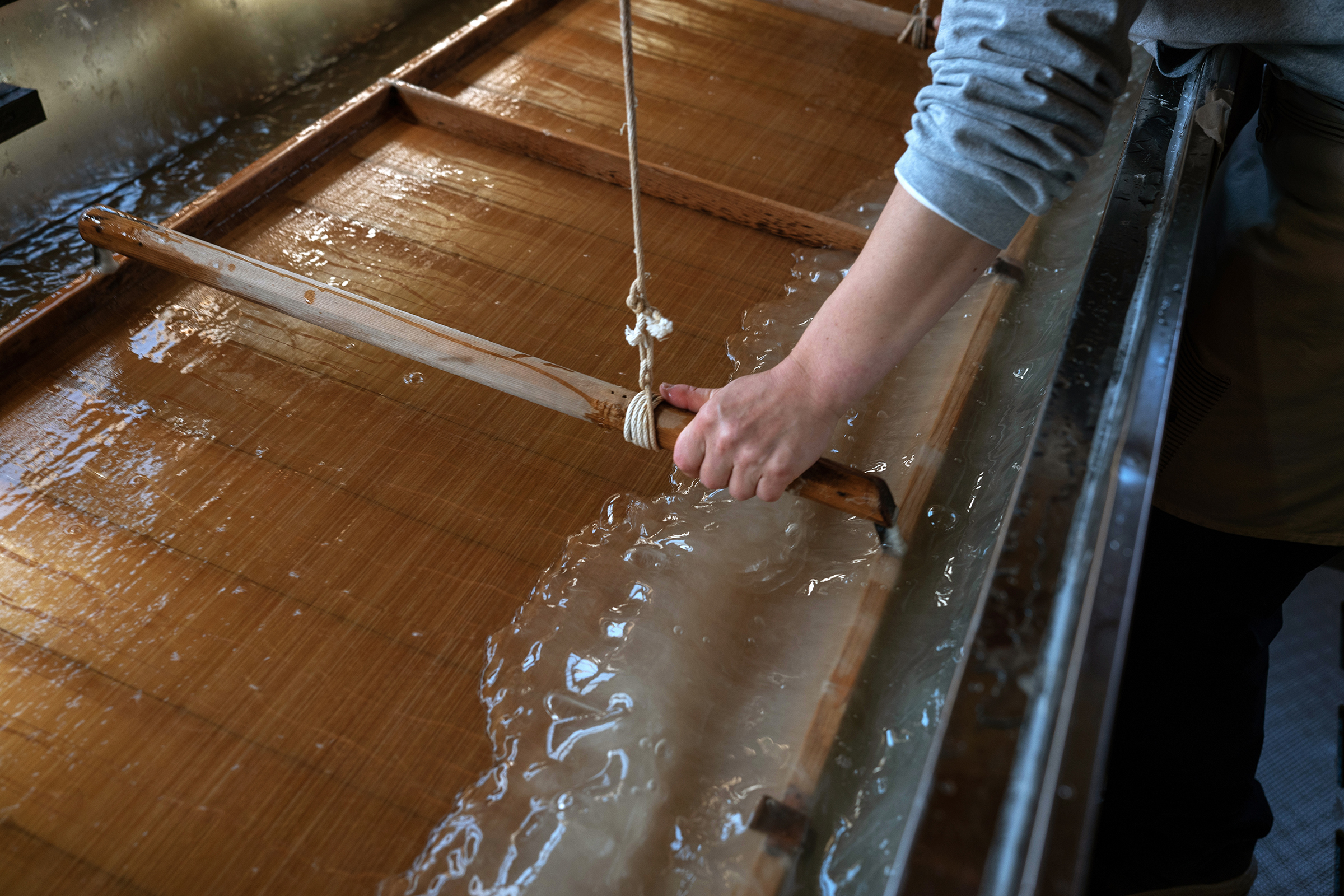
SIGMA 35mm F1.4 DG DN | Art, SIGMA fp, ISO 400, F4, 1/320 s
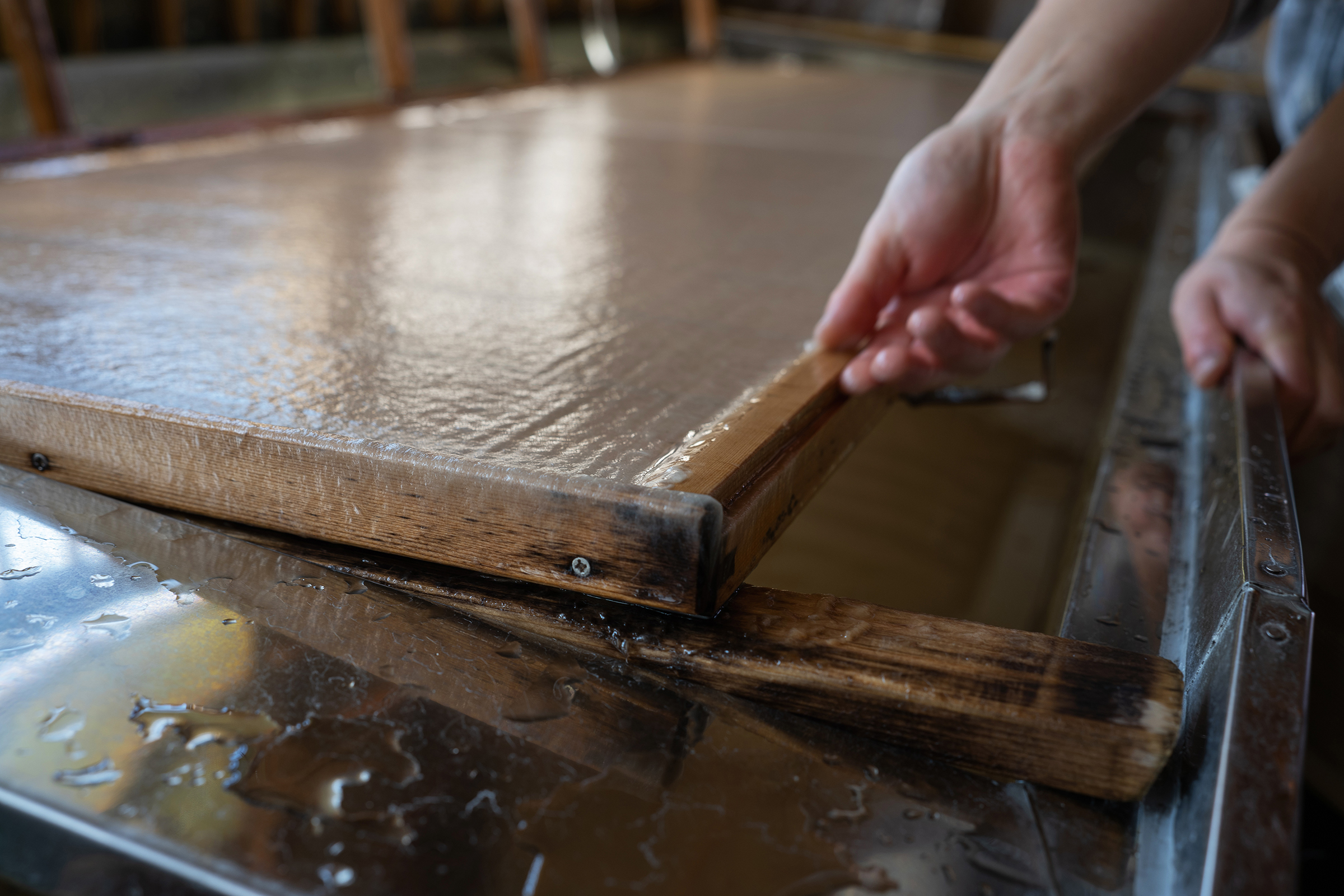
SIGMA 35mm F1.4 DG DN | Art, SIGMA fp, ISO 400, F4, 1/80 s
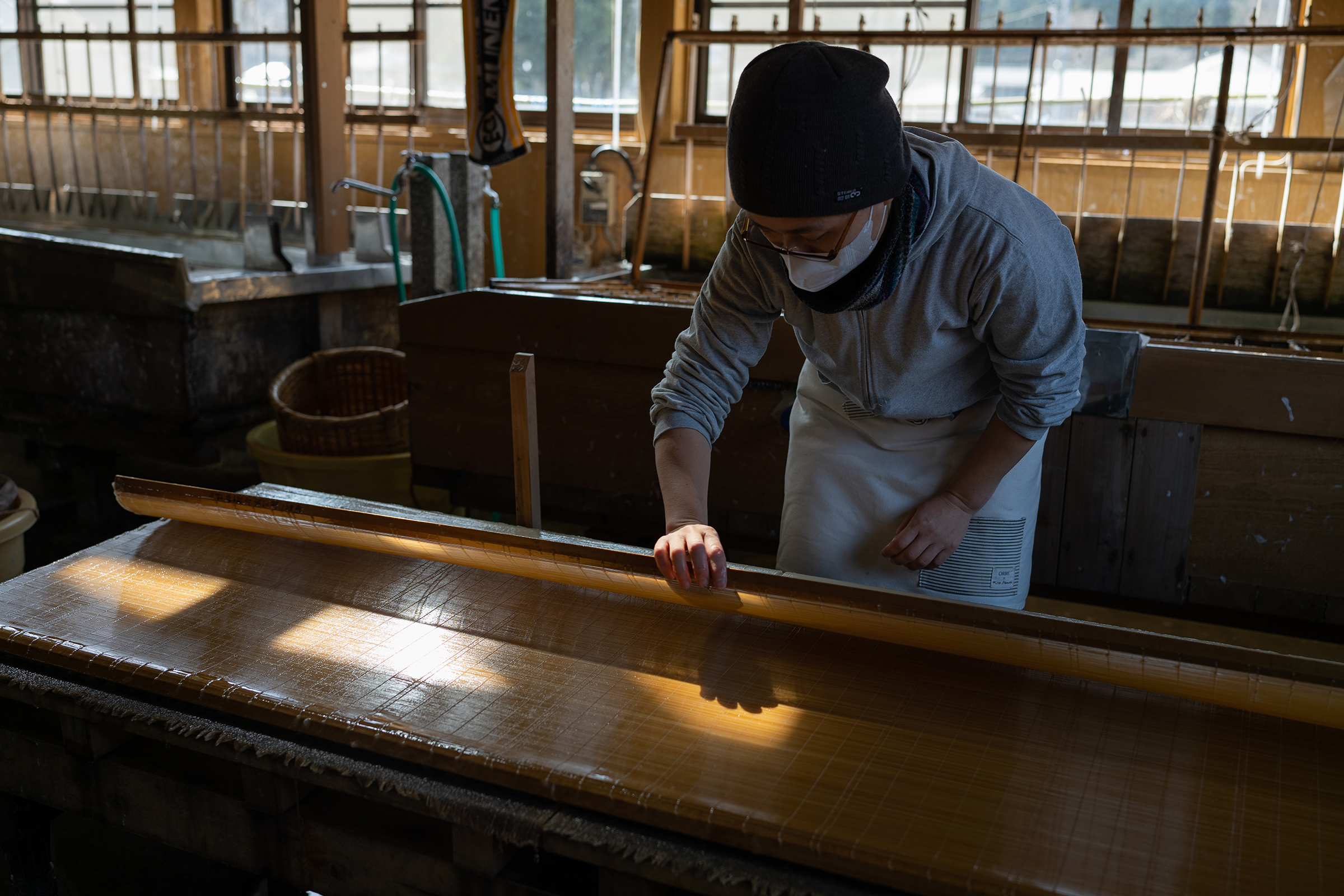
SIGMA 35mm F1.4 DG DN | Art, SIGMA fp, ISO 100, F2.8, 1/250 s

SIGMA 35mm F1.4 DG DN | Art, SIGMA fp, ISO 800, F2.8, 1/800 s
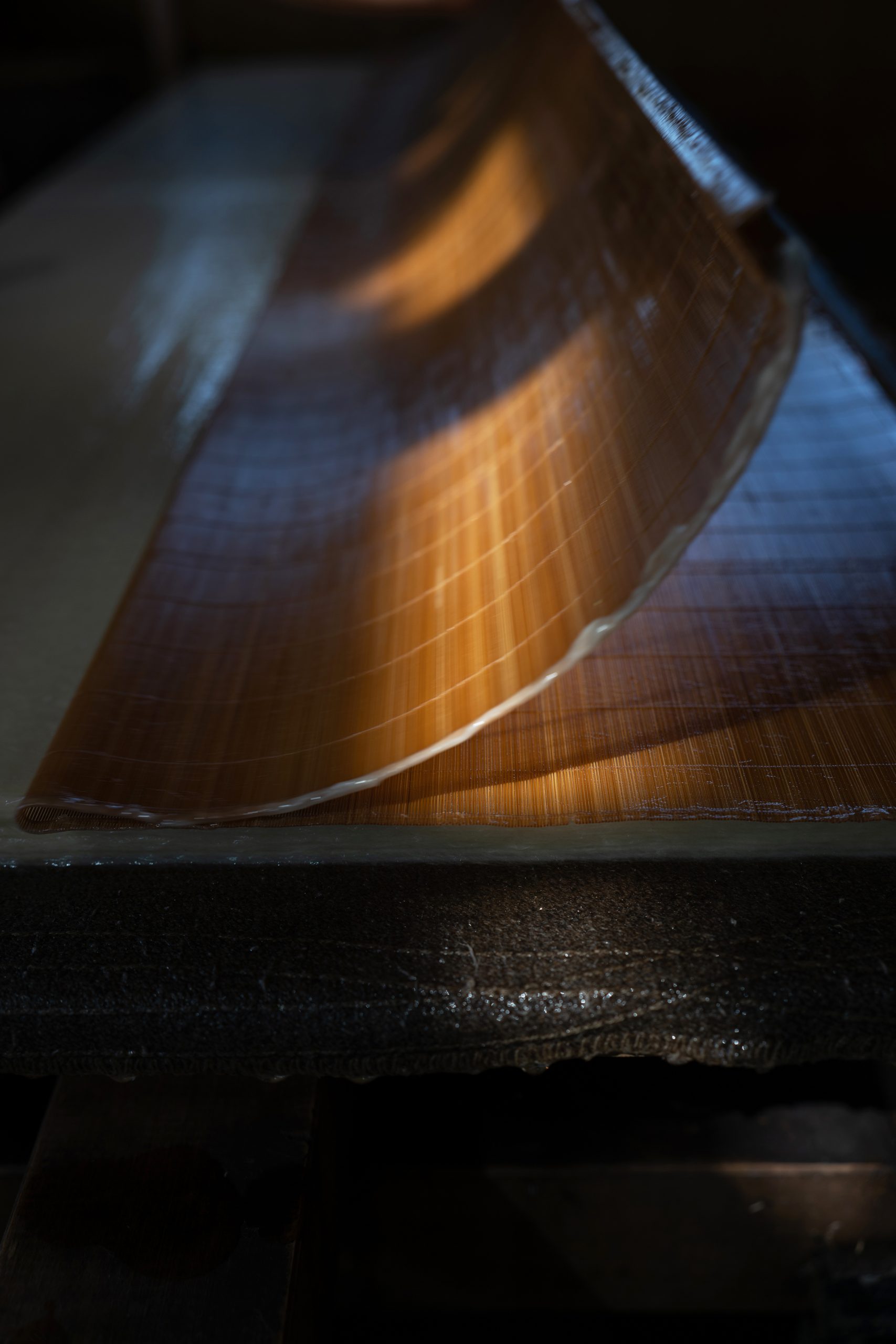
SIGMA 35mm F1.4 DG DN | Art, SIGMA fp, ISO 640, F5.6, 1/500 s

SIGMA 35mm F1.4 DG DN | Art, SIGMA fp, ISO 100, F2.8, 1/250 s
Paper and photography have been linked from the very beginning. Photography was born from the desire of people to preserve the image the camera obscura displayed. Paper is the way to fix forever what the camera saw only once. I am really grateful to have had this opportunity to document the washi making process in this small workshop. Everything there was perfect for photography. Firstly, because of the natural light used to check the paper's quality, and secondly because of the precise and repetitive movements needed in washi-making. As a photographer I have to be invisible in these situations; I'm there to document, in the most natural and candid way, how the people work and use their workplace. That's why knowing my lens and my framing is the most useful skill. I can join in the movements; I don't have to think which lens I should use, which distance to stand. I know all that so I can work at the same rhythm as the washi maker. As he is moving, I am moving, too. When I embrace this tempo, I can capture the image I want.
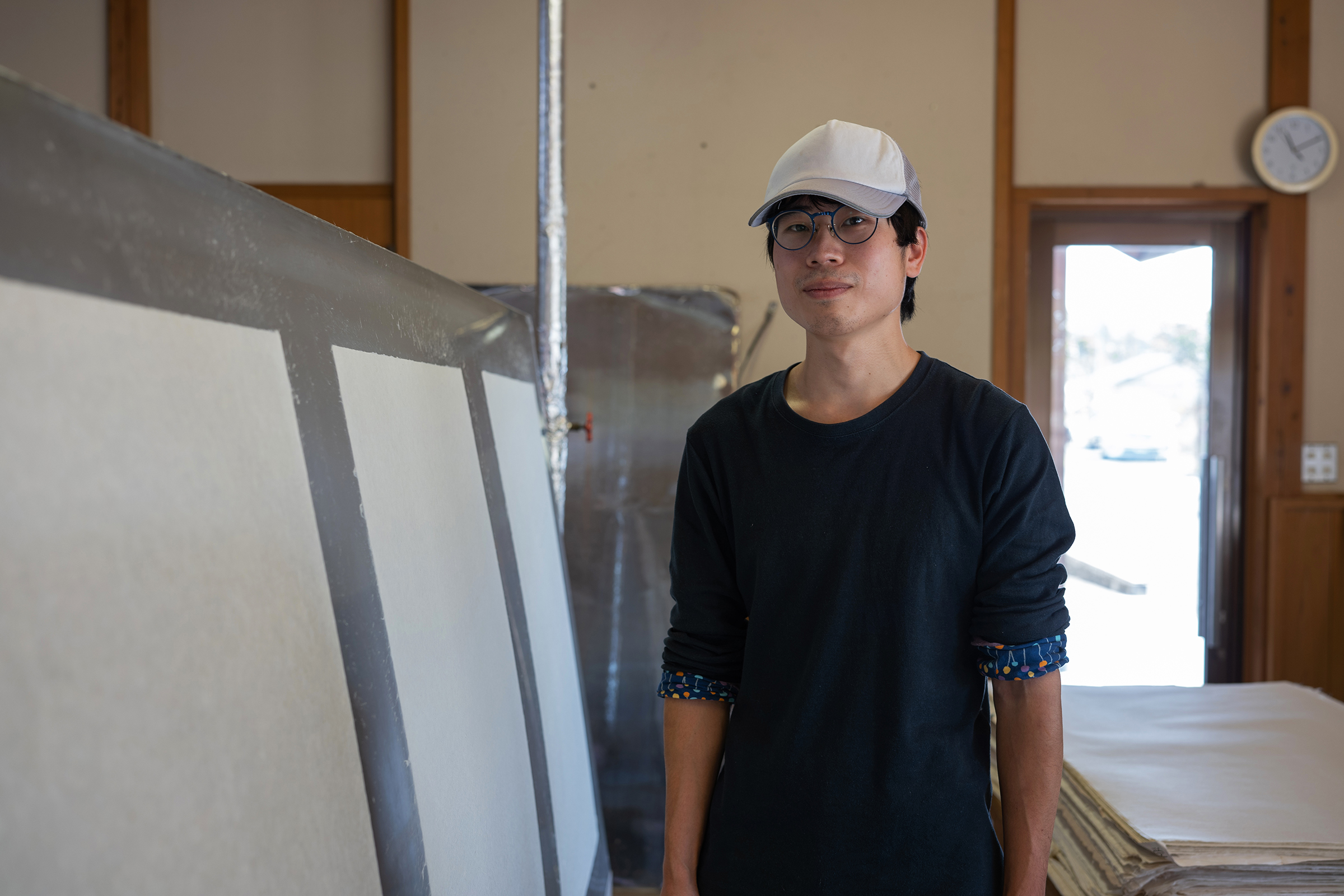
SIGMA 35mm F1.4 DG DN | Art, SIGMA fp, ISO 200, F2.8, 1/50 s
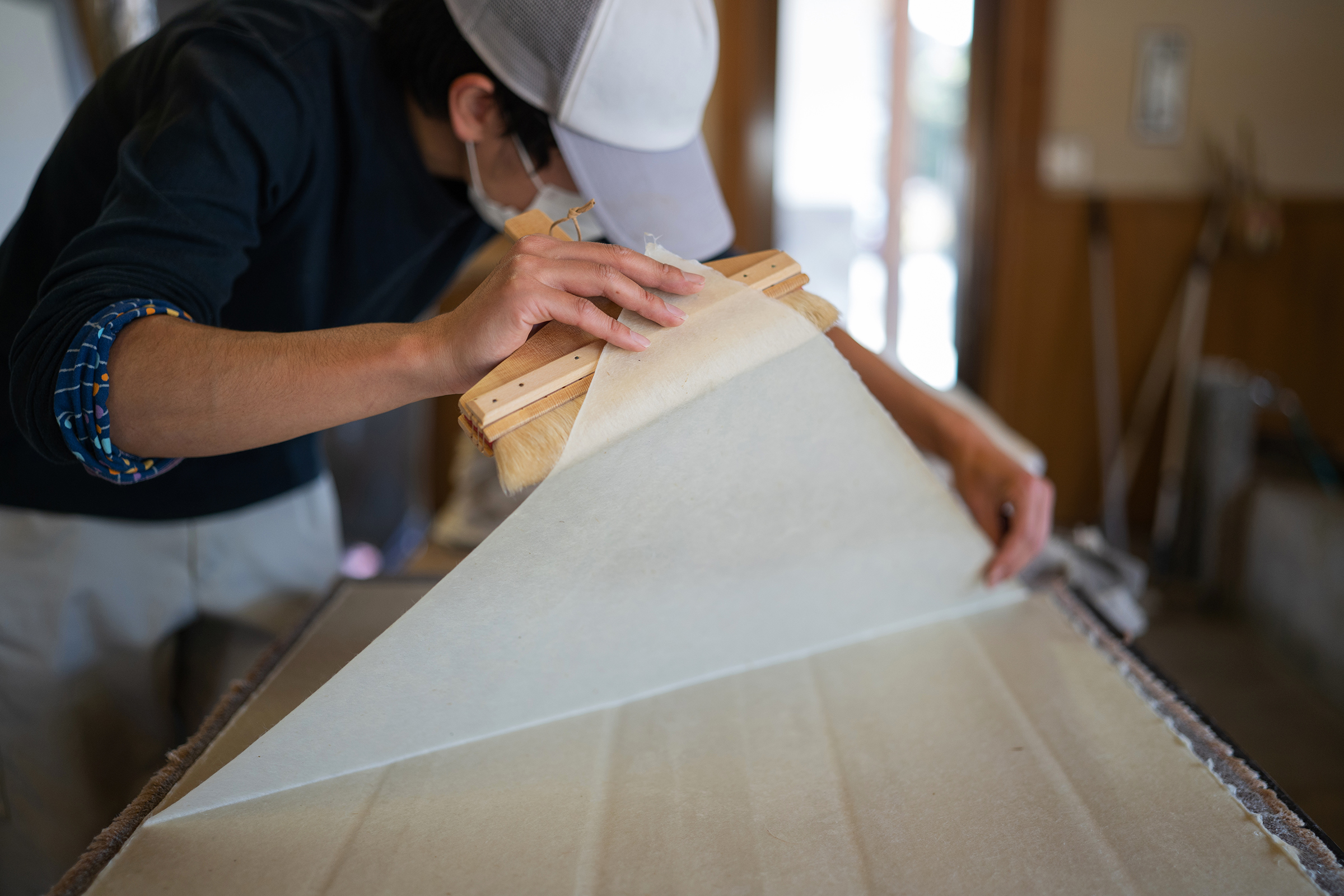
SIGMA 35mm F1.4 DG DN | Art, SIGMA fp, ISO 640, F5.6, 1/500 s
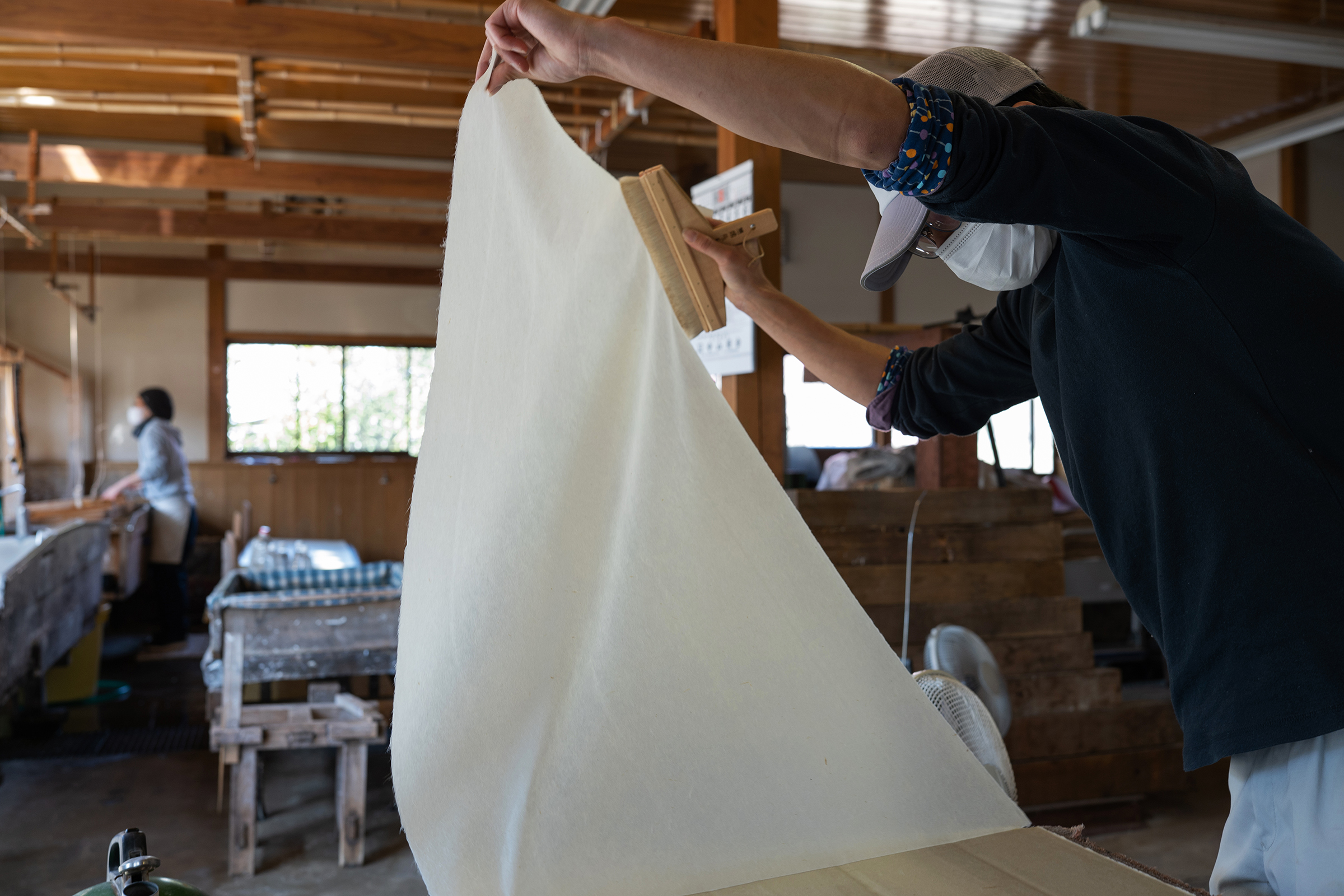
SIGMA 35mm F1.4 DG DN | Art, SIGMA fp, ISO 500, F4, 1/80 s
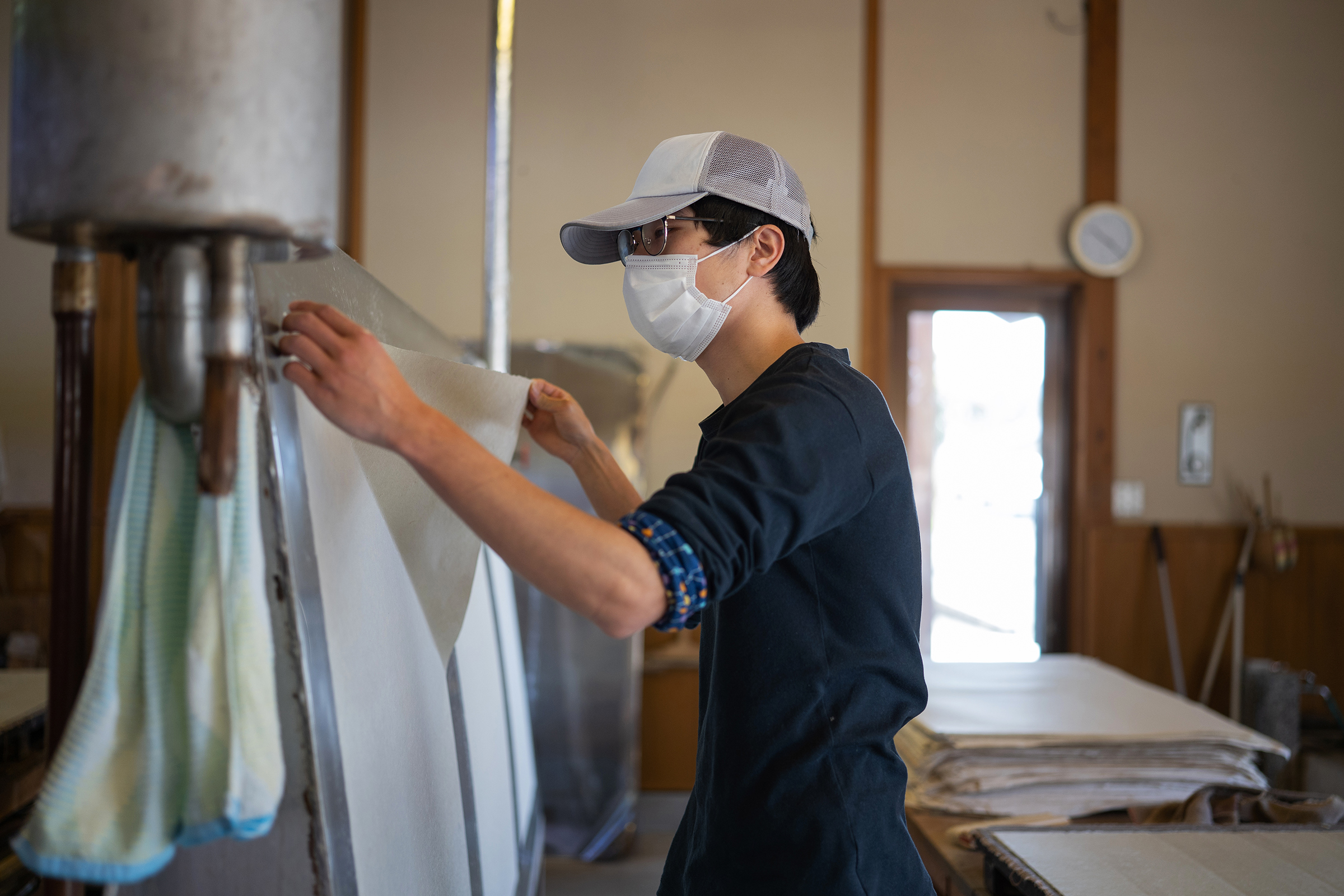
SIGMA 35mm F1.4 DG DN | Art, SIGMA fp, ISO 500, F1.4, 1/500 s
Sometimes photographers think too much about the framing whereas I like to follow the mood of the scene. Following my subject, I press the shutter; "ok, it was not a crazy picture"; press the shutter again and again until finally everything is going well: the action, the position of the subject; my position and the light; everything is on the same rhythm and you get the shot. It's something that will maybe happen once in a shoot and if I'm thinking too much about gear or framing I will miss it.
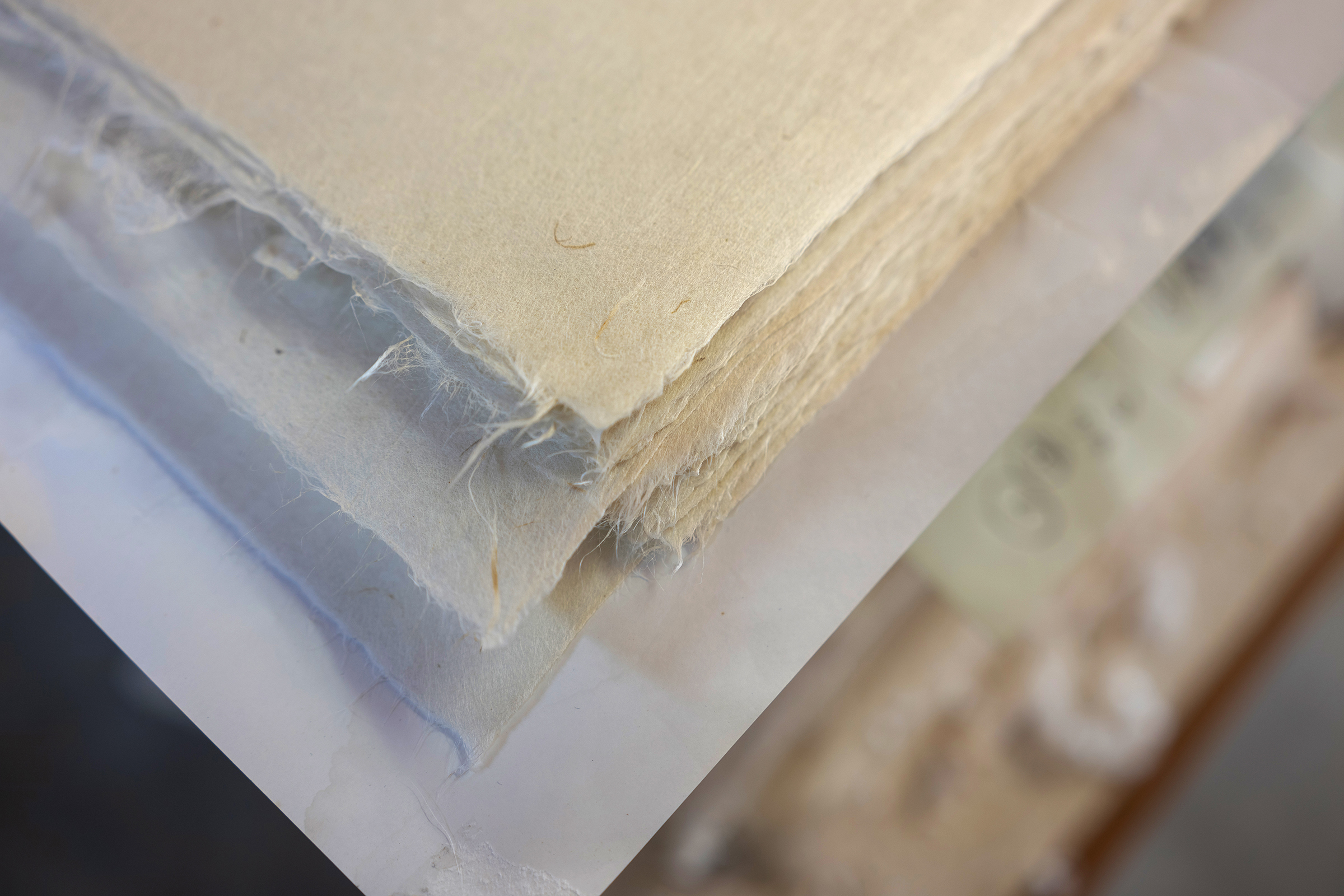
SIGMA 35mm F1.4 DG DN | Art, SIGMA fp, ISO 100, F2.8, 1/50 s
Lightweightness is essential and superb rendering/sharpness of course and a good F1.4 lens definitely makes a nice partner for my storytelling. The bright aperture of F1.4 not only helps me in dark situations but can also isolate my subject if I need it to. Plus if the lens can focus quite close I can show the nice details of freshly-made washi, with the water and fibers and also the tools. This lens ticks all the boxes I need as a story-telling photographer: good at F1.4, fast and reliable AF, nice aperture ring. Also, for me the most important thing is its small size, especially for such a fast aperture lens. As I wrote before, I need to follow a subject's tempo, enter into their personal space and comfort zones so I want a lens that will not intimidate them or make them "uncomfortable" or I will not catch the candid moment I want, like has long been the case with the SIGMA 35mm F1.4 DG HSM | Art ― the one designed for DSLRs. I have been using it for years and this new SIGMA 35mm F1.4 DG DN | Art completely inherits the fame of this legendary 35mm F1.4 of SIGMA and I know I can rely on it with no doubt. This small lens is perfect for staying "welcomed" in this space.
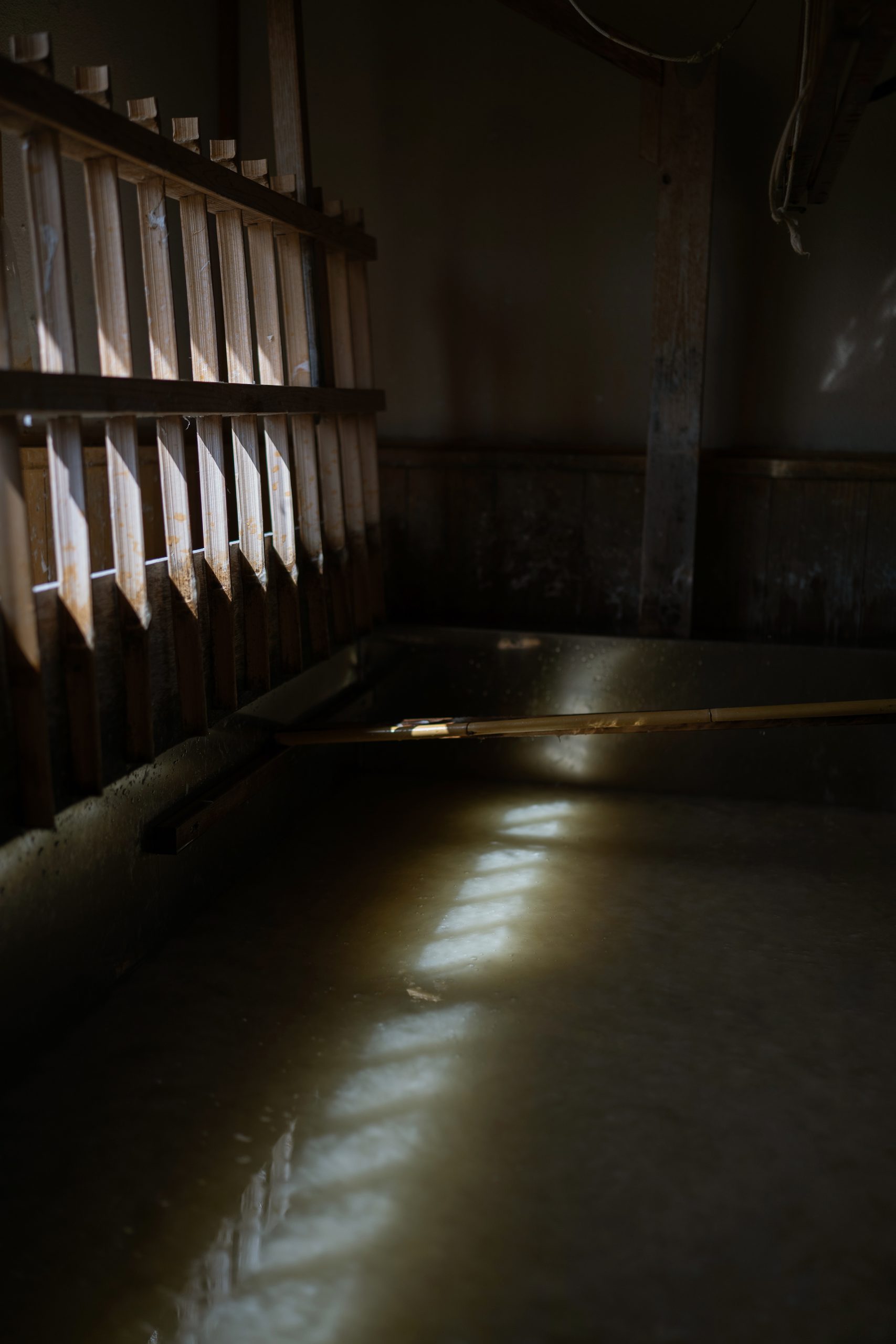
SIGMA 35mm F1.4 DG DN | Art, SIGMA fp, ISO 100, F1.4, 1/2500 s
